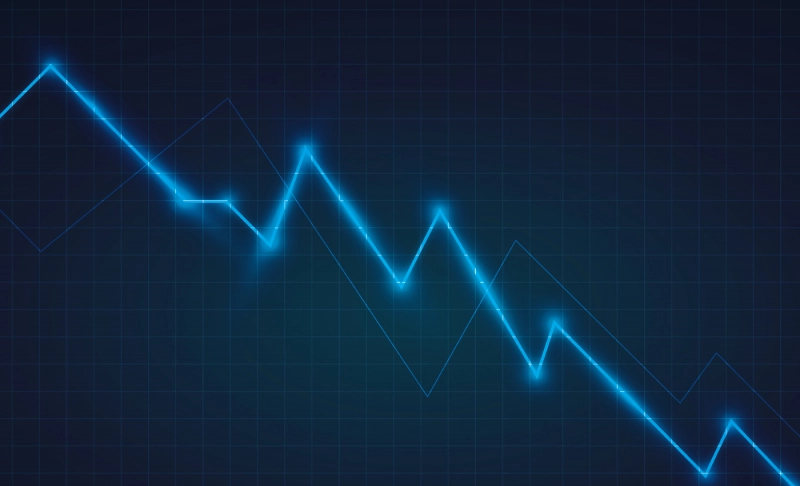By: Priyam Nayak
August 19 2020
True: When Obama and Biden started in 2009, the US economy was at its worst since the Great Depression.

The Verdict True
The Great Recession that began in 2007 was the worst financial crisis after the Great Depression. Barack Obama and Joe Biden were sworn-in in Jan 2009
The Great Recession that began in 2007 was the worst financial crisis after the Great Depression. Barack Obama and Joe Biden were sworn-in in Jan 2009The Great Recession that began in 2007 and lasted till June 2009 was the worst financial crisis in the United States since the 1929 Depression. The subprime mortgage crisis was the trigger that created a global bank credit crisis in 2007. By 2008, the credit crisis had spread to the general economy through the widespread use of derivatives in the United States. According to data published by the U.S. Department of Treasury, 8.8 million jobs were lost, and $19.2 trillion household wealth was lost. The economy shrank in five quarters, including four quarters consecutively. Two quarters contracted by more than 5%. In Q4 2008, GDP was -8.4%, the lowest since the Great Depression.40 The recession ended in Q3 2009 when GDP turned positive. Barack Obama was sworn in as the 44th President of the United States on January 20, 2009. Joe Biden was sworn in as the 47th Vice President of the United States on the same day. In February 2009, in response to significant economic weakness, lawmakers enacted the American Recovery and Reinvestment Act (ARRA). It included relief measures like providing funds to states and localities, extending and expanding unemployment benefits, providing temporary tax relief to individuals and businesses, to name a few.


